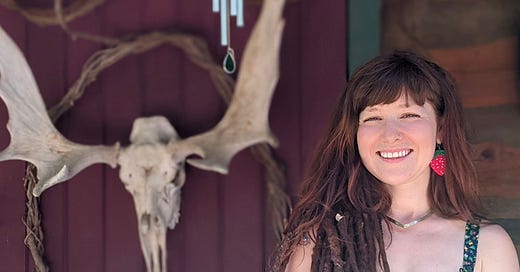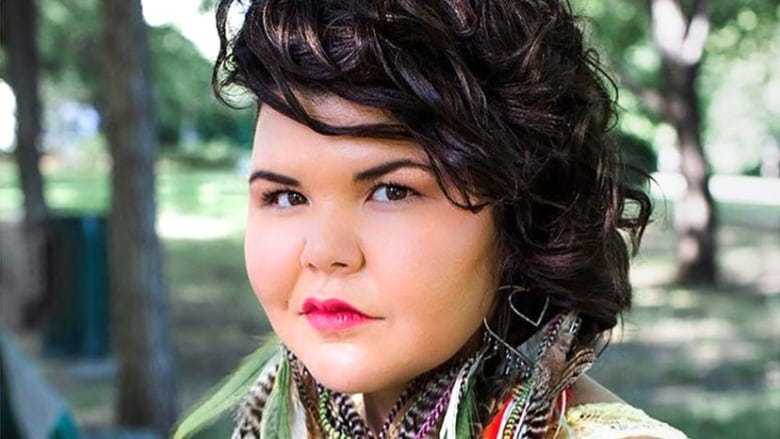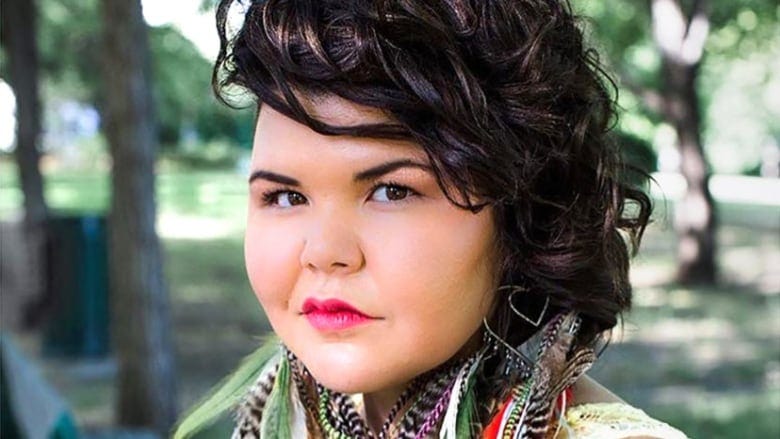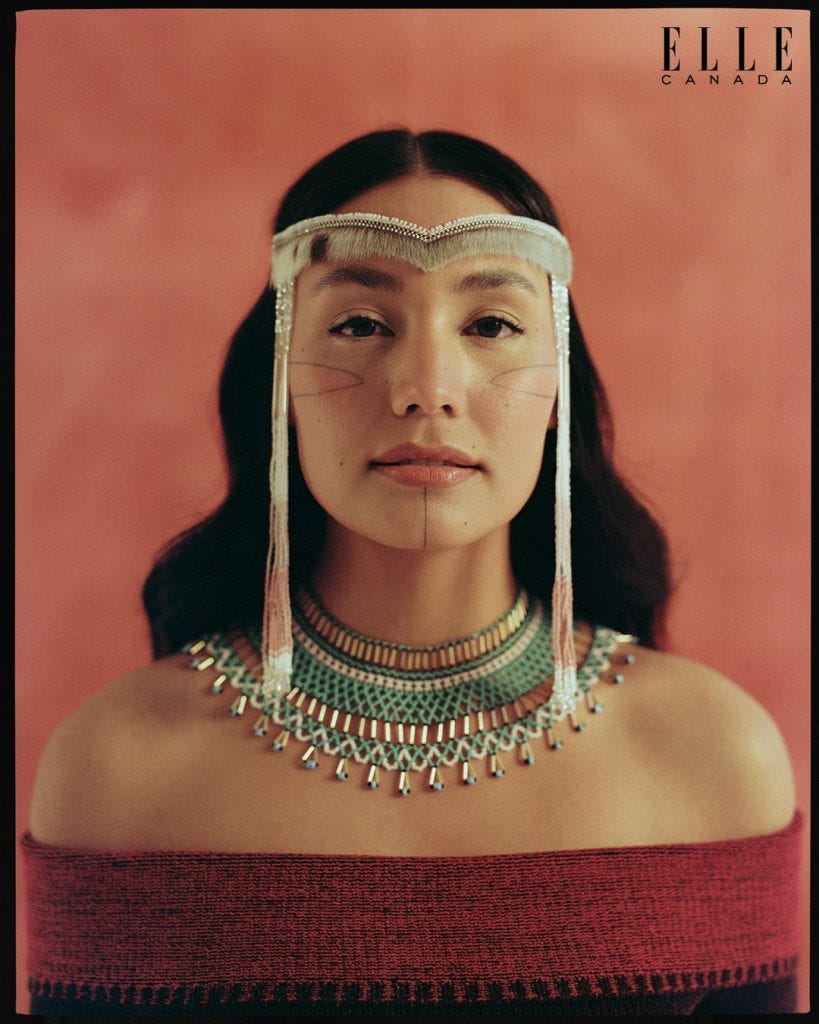En quête de guérison | In Pursuit of Healing
La Journée nationale de la vérité et de la réconciliation | National Day for Truth and Reconciliation
(The English text follows the French)
En quête de guérison
La Journée nationale de la vérité et de la réconciliation
« Your story belongs to your tongue,” écrit la poète Zoey Roy. « They tried to take our language, and here, we speak. »
« They tried so hard to bury us. They did not know that we are seeds. »
C’est dans cet esprit de semences d’histoire et de témoignage à l’occasion de la Journée nationale de la vérité et de la réconciliation au Canada que je rends hommage aux paroles et aux voix des jeunes Premières Nations, Inuits et Métis qui font briller leur lumière sur le monde.
Comme Zoey, poète Métis Nehithaw-Dené.
« J’ai écrit ce poème en particulier, Unsilent, comme une ode aux jeunes Autochtones pour leur rappeler le feu avec lequel ils sont nés », dit-elle.
C’est un feu qu’elle partage avec Shina Novalinga, la star montante Inuuvunga, qui a pris TikTok d’assaut l’année dernière lorsqu’elle a posté des clips d’elle-même chantant à la gorge avec sa mère, partageant une forme artistique autrefois portée au bord de l’extinction et ravissant son public autour du globe.
« Je ramène ce qui a été honteux », dit-elle. « Nous avons presque perdu cette tradition, mais aujourd’hui nous sommes plus forts et nous chantons de la gorge pour ceux qui ne pouvaient pas chanter. »
Comme Shina et Zoey, Mimi O’Bonsawin brille, une jeune Canadienne française et abénaquise de N’swakamok (Sudbury – une ville où nous avons toutes deux vu le jour) qui incarne « la grâce et le pouvoir des paysages du Nord de l’Ontario ».
« Cette fille de la terre et lune grand-mère – elle danse la lumière du soir », chante-t-elle.
« Je suis vraiment fière de mes ancêtres en tant que femme abénaquise et francophone de l’Ontario », dit Mimi. « J’aime essayer de combler le fossé entre ces deux communautés par la musique. »
Mimi, Shina et Zoey se réapproprient la voix et tissent des liens – pour elles-mêmes, pour ceux qui sont venus avant et pour les générations à venir. Ils entreprennent le travail tendre et joyeux, profondément douloureux de la réconciliation. Il y a une grande beauté, sagesse et grâce dans cette oeuvre.
Si je partage les paroles de ces trois étoiles brillantes, c’est pour nous donner une porte d’entrée dans la conversation. Pour nous initier aux façons dont les jeunes Autochtones partagent d’eux-mêmes. Pour nous encourager, ceux qui habitent ces terres, à partager un geste d’amitié, de vérité et de réconciliation.
Alors que nous nous souvenons, pleurons et honorons les enfants volés aux communautés autochtones, alors que nous alimentons des feux sacrés avec du mashkodewashk (sauge), du giizhik (cèdre) and du semaanh (tabac), nous réconfortant les uns les autres avec des bols de soupe à hamburger et de bannock, élevons notre voix en quête de guérison.
Meegwetch à Natalie Lacasse – mon amie, merci buckets. Thank you for your insight, your wisdom, and above all, the beauty of your laughter.
In Pursuit of Healing
National Day for Truth and Reconciliation
“Your story belongs to your tongue,” writes poet Zoey Roy. “They tried to take our language, and here, we speak.”
“They tried so hard to bury us. They did not know that we are seeds."
It is in this spirit of the seeds of story and testimonial on the National Day for Truth and Reconciliation in Canada, that I honour the words and voices of the young First Nations, Inuit, and Métis changemakers who are shining their light on the world.
Like Zoey, a Nehithaw-Dené Métis poet.
“I wrote this particular poem, Unsilent, as an ode to Indigenous youth to remind them of the fire that they were born with,” she says.
It is a fire she shares with rising Inuuvunga star Shina Novalinga, who took TikTok by storm last year when she posted clips of herself throat singing with her mother, sharing an artform once brought to the brink of extinction and enrapturing her audience around the globe.
“I'm bringing back what was shamed upon,” she says. “We almost lost this tradition, but today we are stronger and we throat sing for those who couldn’t.”
Like Shina and Zoey, Mimi O’Bonsawin shines, a young French Canadian and Abenaki woman from N'swakamok (Sudbury – the town that birthed both of us) who embodies “the grace and power of Northern Ontario landscapes.”
“Cette fille de la terre et lune grand-mère – elle danse la lumière du soir,” she sings. A daughter of the land and grandmother moon – she dances in the light of the night.
“I'm really proud of my ancestry as an Abenaki woman and as a Francophone from Ontario,” says Mimi. “I like to try and bridge the gap between those two communities through music.”
Mimi, Shina, and Zoey are reclaiming voice and weaving bonds – for themselves, for those who came before, and the generations to come. They are undertaking the tender and joyful, deeply painful work of reclamation. There is great beauty, wisdom, and grace in that work.
If I share the words of these three bright stars, it is to invite us into the conversation. To initiate us to the ways in which young Indigenous people are sharing of themselves. To encourage us, we who live on these lands, to share of ourselves in a gesture of friendship, of truth, and of reconciliation.
As we remember, mourn, and honour the children stolen from Indigenous communities, as we feed sacred fires with mashkodewashk (sage), giizhik (cedar) and semaanh (tobacco), comforting each other with bowls of hamburger soup and bannock, let’s join together in raising our voices in pursuit of healing.
Meegwetch to Natalie Lacasse – mon amie, merci buckets. Thank you for your insight, your wisdom, and above all, the beauty of your laughter.









